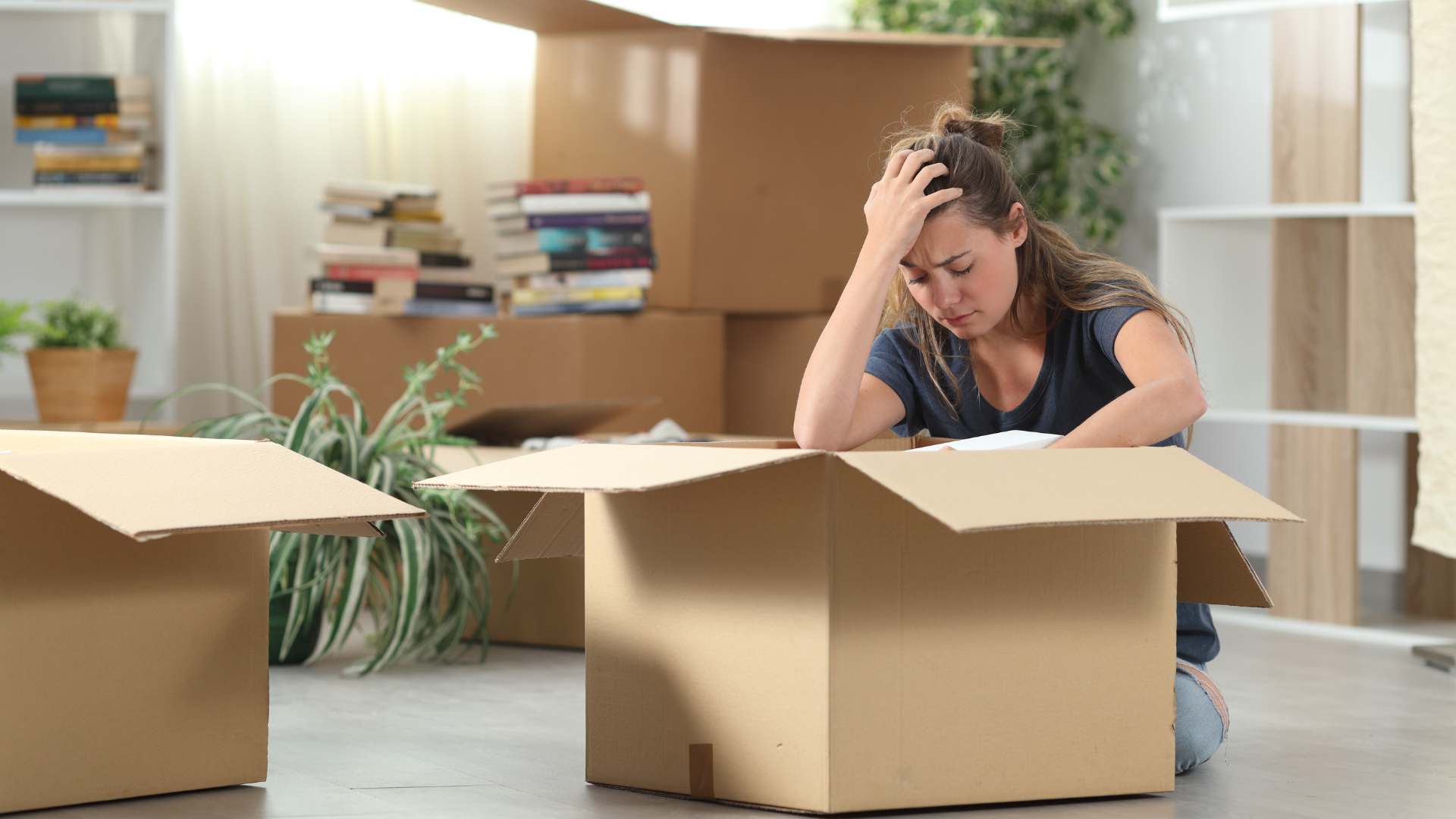Whether you’re sensitive to dust, pet dander, or pollen, it’s essential to take proactive steps to create a comfortable and allergen-free environment in your new space. Here’s what you can do to tackle allergies after moving:
1. Identify Allergen Sources
The first step in managing allergies is to identify potential allergen sources in your new home. Common culprits include dust mites, mold, pet dander, and pollen. Conduct a thorough inspection to pinpoint areas that may harbor allergens, such as carpets, upholstery, and air ducts.
2. Deep Clean Your Home
Before unpacking, give your new home a deep clean to rid it of allergens left behind by previous occupants. Vacuum carpets, mop floors, wipe down surfaces, and wash curtains to remove dust and dirt. Consider hiring professionals for tasks like air duct cleaning to ensure a comprehensive clean.
3. Invest in Allergy-Proof Bedding
Create a sanctuary in your bedroom by investing in allergy-proof bedding. Opt for mattress and pillow covers designed to repel dust mites and allergens. Wash bedding regularly in hot water to kill dust mites and keep allergens at bay. Additionally, choose hypoallergenic pillows and comforters to minimize allergen exposure while you sleep.
4. Control Humidity Levels
Maintaining optimal humidity levels in your home can help prevent mold growth and alleviate allergy symptoms. Use a dehumidifier in damp areas like basements and bathrooms to reduce moisture levels. Additionally, consider using an air conditioner with a high-efficiency particulate air (HEPA) filter to filter out allergens from the air.
5. Minimize Pet Allergens
If you have pets, take steps to minimize pet allergens in your home. Bathe and groom pets regularly to reduce dander and fur shedding. Designate pet-free zones in your home, such as bedrooms, to create allergy-safe havens. Invest in air purifiers with HEPA filters to capture pet allergens circulating in the air.
6. Create an Allergy-Friendly Environment
Make simple adjustments to create an allergy-friendly environment in your new home. Replace traditional cleaning products with hypoallergenic alternatives to minimize exposure to harsh chemicals. Use a damp cloth for dusting instead of dry methods that can stir up allergens. Keep windows closed during high pollen seasons to prevent outdoor allergens from entering your home.
7. Consult with an Allergist
If allergies persist despite your efforts, consider consulting with an allergist for personalized advice and treatment options. Allergy testing can help identify specific triggers, allowing you to take targeted measures to manage your symptoms effectively. Your allergist may recommend allergy medications, immunotherapy, or other interventions to alleviate allergy symptoms and improve your quality of life.
By taking proactive steps to address allergies after moving, you can create a healthy and comfortable living environment in your new home. From deep cleaning to implementing allergy-friendly practices, these strategies will help you breathe easier and enjoy your new space to the fullest.


.svg)


